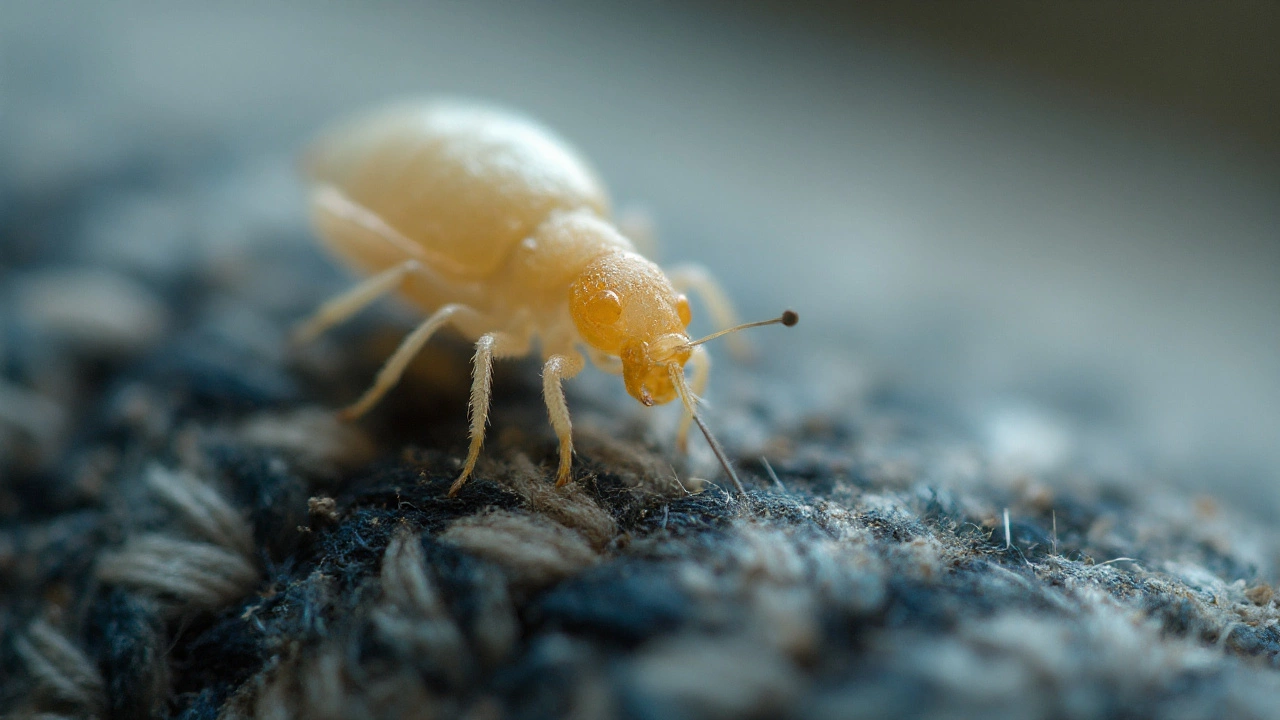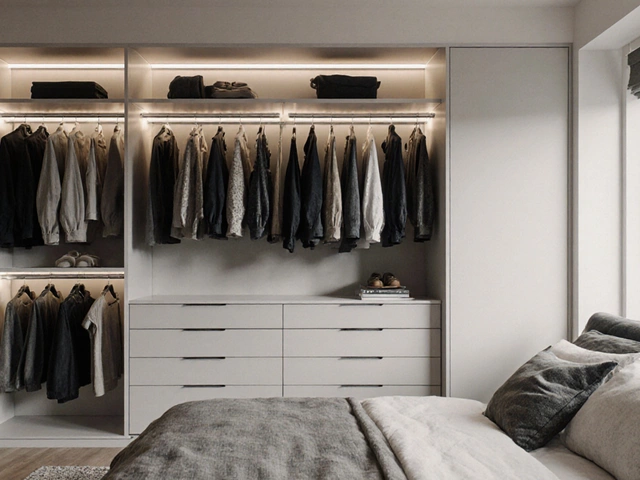Mold Mites: Causes, Prevention & Cleanup
When dealing with Mold Mites, tiny arthropods that feed on mold spores and thrive in damp indoor environments. Also known as fungus mites, they can turn a clean‑looking room into a hidden health risk. mold mites love places where moisture lingers, so spotting them early stops bigger problems later.
Why Mold Mites Matter
Understanding the web of factors that let mold mites flourish helps you break the cycle. Mold, fungal growth that appears on walls, furniture or any surface with excess moisture provides the food source mold mites need to multiply. Humidity, the amount of water vapor in the air, especially when it stays above 60% creates the perfect breeding ground, because wet surfaces release spores continuously. When you store furniture in a storage unit, a space that may lack proper ventilation and climate control without addressing moisture, you invite both mold and the mites that love it. All of this feeds into indoor air quality, the overall health of the air you breathe inside your home, which can drop dramatically as mite allergens and mold spores circulate.
These connections form clear semantic triples: mold mites thrive in high humidity; mold provides food for mold mites; proper storage reduces indoor air quality issues caused by mold mites. Knowing the chain lets you target the weak links. Start by measuring humidity with a cheap hygrometer and keep it below 50%. Fix leaks, improve ventilation, and use a dehumidifier in basements or closets. When moving furniture, wrap items in breathable covers and store them in climate‑controlled units. If you spot any fuzzy growth, clean it with a solution of water and white vinegar, then dry the area thoroughly. Regular vacuuming with a HEPA filter can capture stray mites before they settle into carpets or upholstery.
The articles below dive deeper into each of these steps. You'll find a DIY guide to protect furniture from mold, tips on controlling humidity in every room, and practical advice for maintaining good indoor air quality while you store or renovate. Whether you're a homeowner, renter, or a contractor prepping a job site, this collection gives you actionable insight to keep mold mites out of sight and out of mind.
What Do Furniture Mites Look Like? Clear ID Guide, Sizes, and Look‑Alikes
See what furniture mites actually look like. Learn sizes, colors, movement, where they hide, how to inspect, and how to tell mites from bed bugs, fleas, and carpet beetles.
full article




